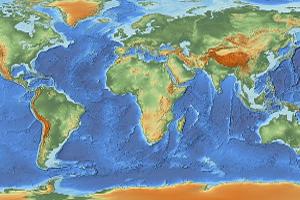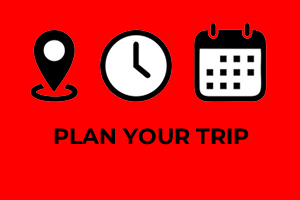Day 1 - Arrival in Lomé
Arrive at the airport in the evening. You will be welcomed by our friends with a welcome drink, followed by a briefing and then you can have dinner at the hotel. If you have more time, explore the city. In 1897, Lomé was the capital of Togoland. At the time, it was still a German colony. The city was named after Alotimé by the Ewe people. This means "among the plants, Alo." Alo is a type of tree. In the 1960s, the Germans built a 420-meter jetty for the export of raw materials and a deep-water port. Today, Lomé boasts a fetish voodoo market and a large market. In the evenings, the city is lively, with residents going out to the many bars and discos. Here you can drink chouck (beer), deha (palm wine), and sodabe (spirit). A local dish, yam, is made with a type of boiled sweet potato. This is then ground into a dough, and cassava is added. The local dish, fufu, consists of yam served with fish soup. Other local dishes include Gboma (spinach), Aglan (crab), tomato and eggplant sauces, Egbo piñon (grilled goat meat), Abobo (boiled snails), and Koliko (fried yam).
Day 2 - Lomé – Vogan – Possotomé (Benin)
After handing over the motorbikes, we will depart Lomé. Be cautious as we navigate the city's chaotic traffic, characterized by numerous motorcycle taxis. Our journey will take us on winding roads through small villages typical of southern Togo as we head northeast towards Benin, separated from Togo by the Mono River. We will arrive at Grand Popo, a former Portuguese trading post that was later colonized by the French. Not far from Grand Popo, we may take a detour to Lake Ahémé, a prominent site for voodoo. We spend the night along the lake.
Day 3 - Possotomé – Ouidah
We will have the opportunity to sail on the lake, where a guide will share stories of local divinities and legends, as well as various fishing techniques tailored to different species. Understanding these practices offers insight into the daily lives of the local people. We will then make our way to Ouidah, home to the Portuguese fort that is now a museum dedicated in part to the history of the slave trade in Benin.
A remnant of Benin's Portuguese era is the Fort of São João Baptista de Ajudá, which was also important in the slave trade. The fort is now a museum. Many monuments relate to the former slave trade, such as the Route des Esclaves (the Slave Route). This is a 4-kilometer-long road from the Ouidah Museum of History to the beach. This was once the route slaves walked to reach the coast. The Door of No Return is an archway through which over 15 million slaves passed; it is now a monument commemorating this period. The Tree of Forgetfulness is another monument; slaves were forced to walk in circles around it to forget their homeland. The 12-square-meter temple is dedicated to the python. Fifty adult pythons live in the building. We will spend the night at a pleasant location by the sea.
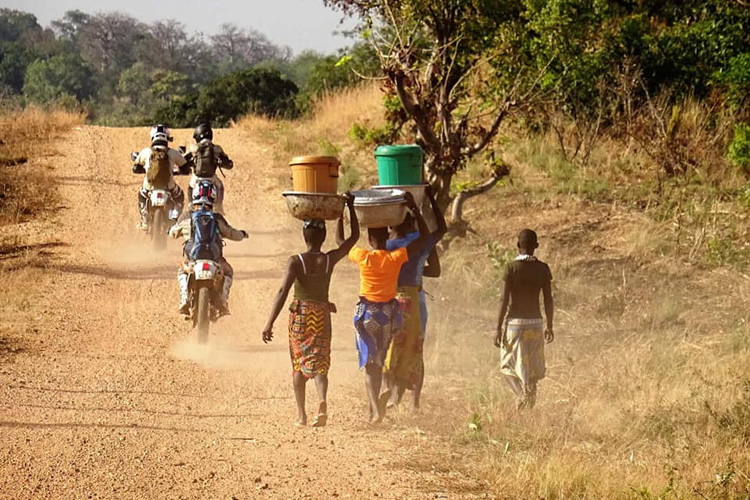
Day 4 - Ouidah - Abomey
We will ride along the sandy beach between the ocean and the coconut grove to Cotonou, where we will board a canoe to reach Ganvié, the famous “Venice of Africa.” This village is situated on Lake Nokoué, where the Toffinu people live in stilt houses and rely on fishing, showcasing traditional fish farming practices. The lake is an important habitat for a variety of birds. If there's time, visit the Centre Artisanal, the craft center. There you'll find traditional wooden masks, baskets, pots, and woven fabrics, among other things. These products often have fascinating stories about their uses. You can buy them at reasonable prices. Or visit the Dantokpa Market, the largest open-air market in West Africa, stretching over 20 hectares. It's a vast, bustling, and chaotic place where you'll be overwhelmed by the smells, colors, and sounds of bicycles, taxis, and motorbikes.
We then continue to Abomey, home to the Royal Palaces of Abomey, a UNESCO World Heritage Site since 1985. From the 17th century to the early 20th century, Abomey was a powerful kingdom in West Africa, flourishing in part through its business with European slave traders. The kingdom was successively ruled by twelve kings, each of whom built their own opulent palace. The palaces were built one above the other, one next to the other, in order of succession. Besides the palaces, temples, sacrificial altars, and villages for the royal household were also built. Tonight, we will spend the night in a comfortable hotel.
Day 5 - Abomey - Atakpamé (Togo)
Today marks the last drive through the former kingdom of Dahomey. Benin has been independent since 1960, and its current name was adopted in 1975. Handcrafted rugs depicting the symbols of the 12 kings and the slavery Benin once experienced are reminders of the past. Following this cultural immersion, we will travel towards Togo and the Nangbéto Dam, reaching the town of Atakpamé, which is situated on a hill and is part of the “coffee-cocoa triangle” formed by Kpalimé, Badou, and Atakpamé. A variant route through the forest tracks in the Ouali Mountains may be taken before our overnight stay at a hotel in Atakpamé.
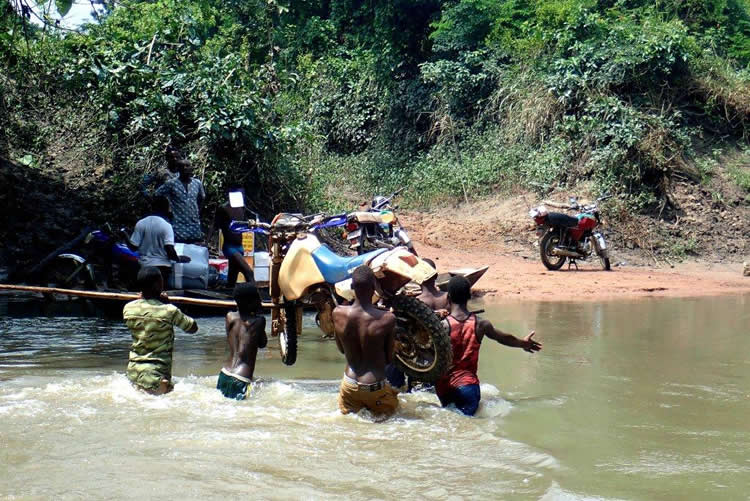
Day 6 - Atakpamé - Dzogbégan
We will start the day with a short visit to the lively Atakpamé market and greet the local blacksmiths. Next, we will take the picturesque "Pistes des Allemands," which follows a route on the plateau and crosses several villages. We may also have the chance to visit a local school. After a stop at Kougnohou, we will head south to Dzogbégan. The climate is pleasant, and the land is rich, making it suitable for growing coffee and cocoa. We will visit a monastery before staying overnight at a pleasant bush inn.
Day 7 - Dzogbégan - Kpalimé
We will continue our adventure on the beautiful plateau of Dayes, which offers stunning panoramas. The track can be winding, so caution is advised. We will have lunch in Kpalimé, where we can enjoy delicious Fufu made from yams. In the afternoon, you will have options according to your interest: a stroll to the market to have traditional clothing made or relaxation at the hotel. For those who wish, we can ride motorcycles with a guide to Kouma and explore the forest, discovering its rich flora, including iroko, mahogany, avocado, cocoa, and pepper trees, along with countless butterflies. In the evening, we will witness the breathtaking flight of millions of bats in the forest. Dinner and overnight stay in Kpalimé, a charming little town at the foot of the mountains.
Day 8 - Kpalimé - Lomé
We will depart for Lomé, where the forest transitions to palm and coconut groves, and the tracks become sandier, hinting at the nearby sea. We will cross Lake Togo in a canoe, marking the end of this unique journey. We will arrive in the Togolese capital, where we will return the motorbikes and check in at Hotel Napoléon Lagune. Dinner is free (not included), and overnight stay and breakfast are provided.
Day 9 - Lome - Departure
Enjoy a free day for shopping at the market or relaxing at the beach. Lunch and dinner are not included. We will arrange your transfer to the airport. End of services.
Day 10 - Arrival - Home
For those who did not buy this tour as a package tour including the flight ticket, this day does not apply.
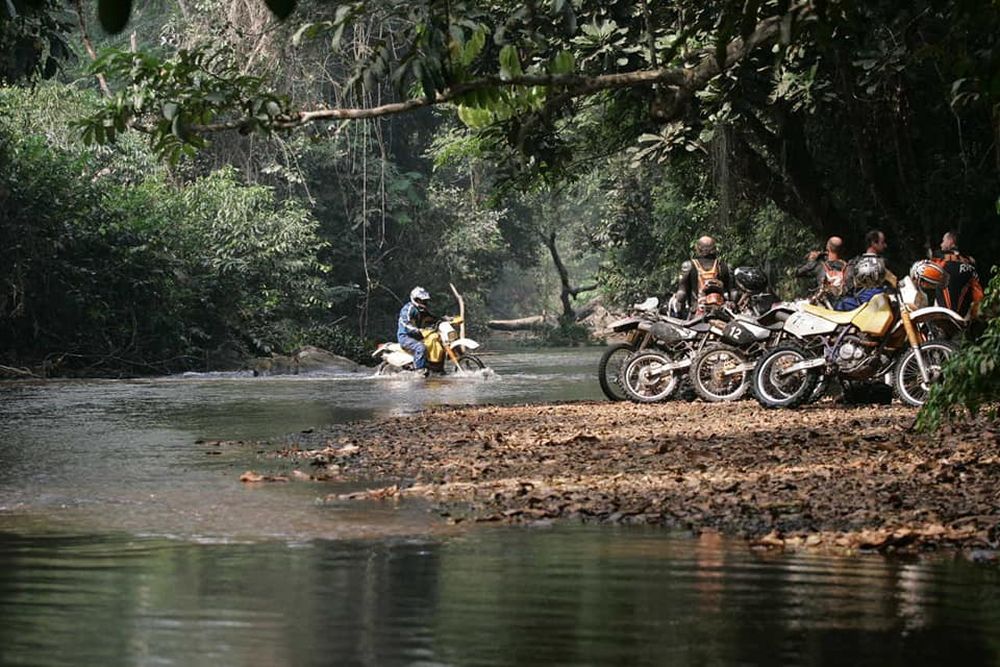
-
Tourdetails
Tourcode:TOGCategory:AdventureGroup size:6 - 10Days:10Price:From $2.699,-
-
departures
TourcodeDepartureStatus
-
Rider
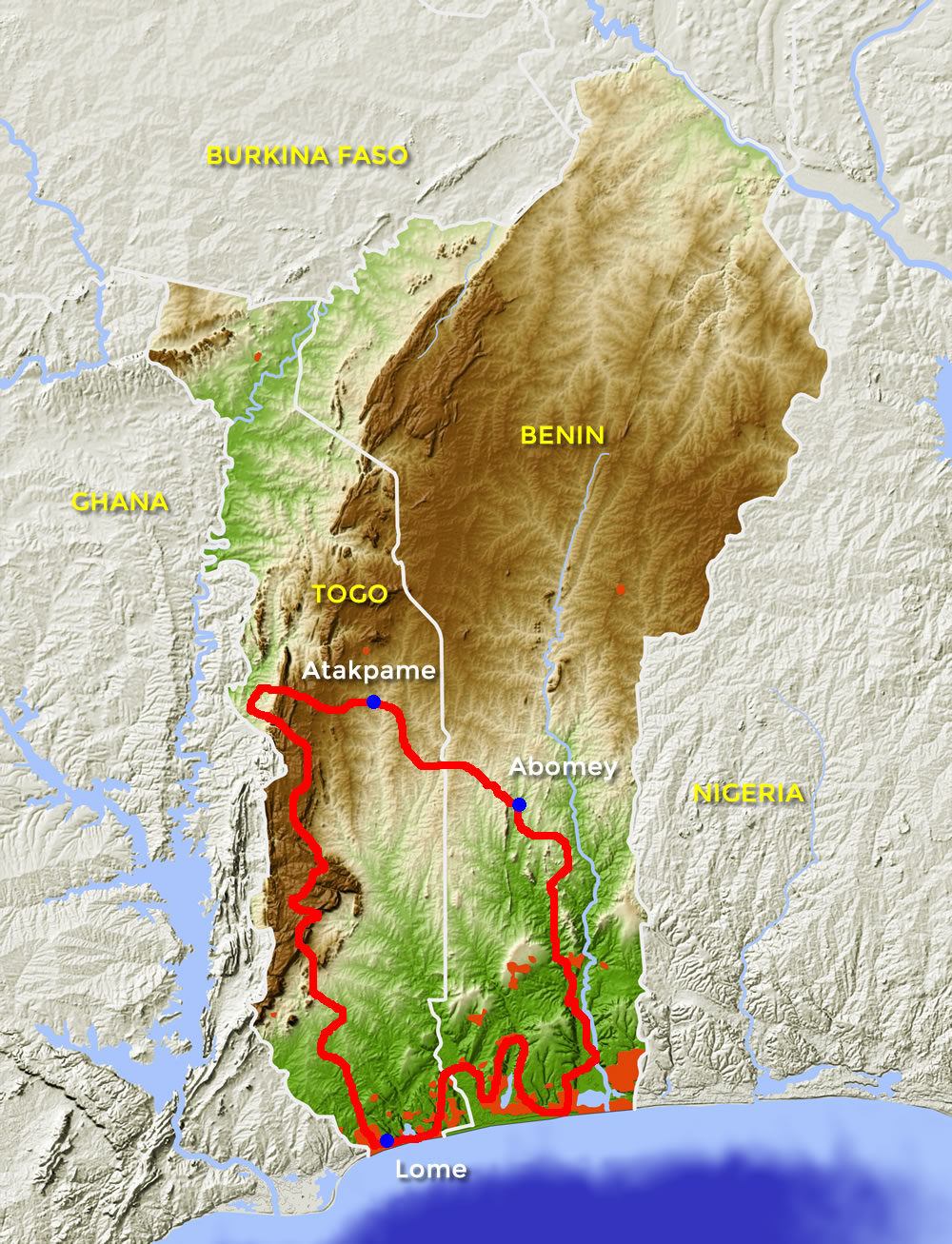

-
Video
